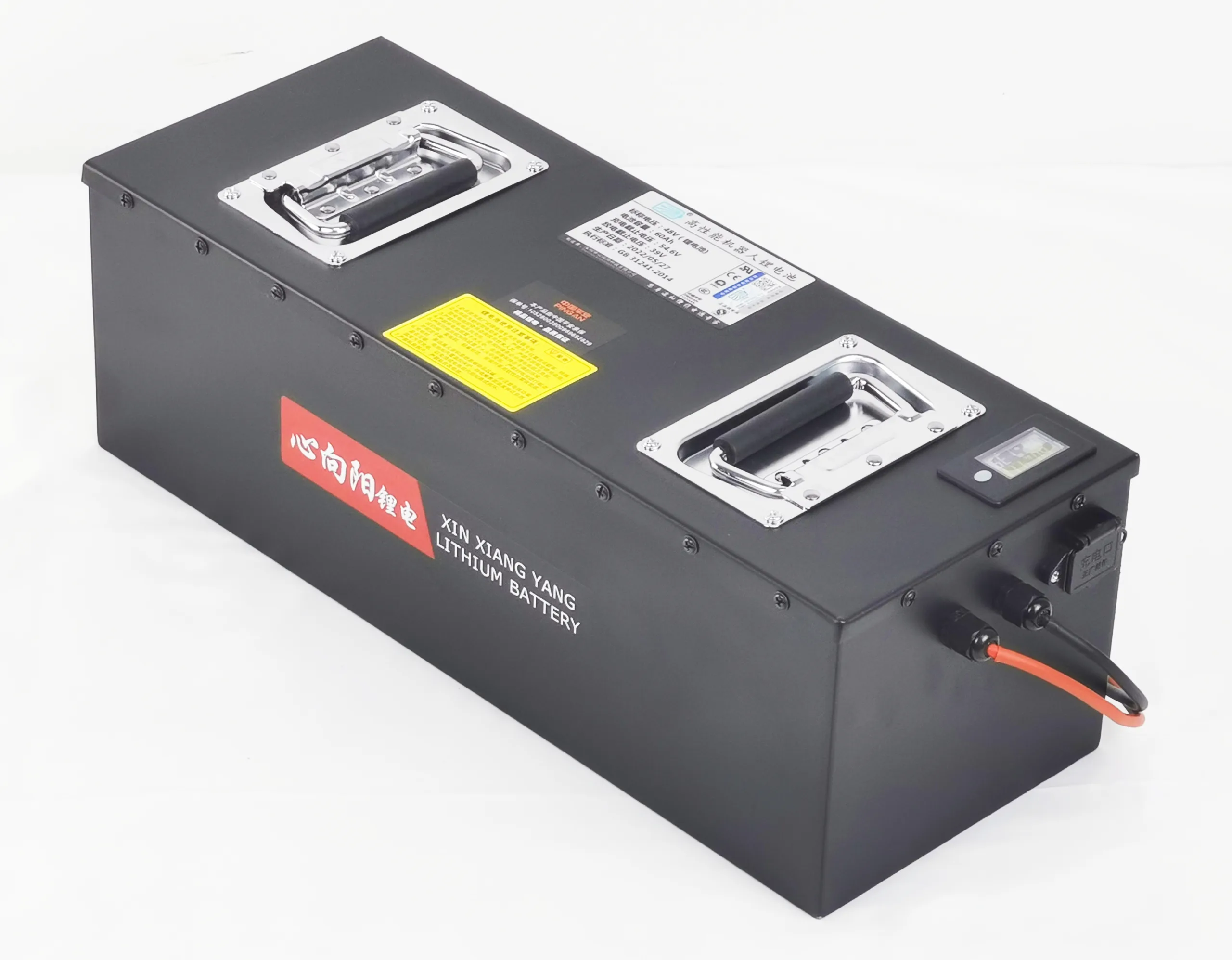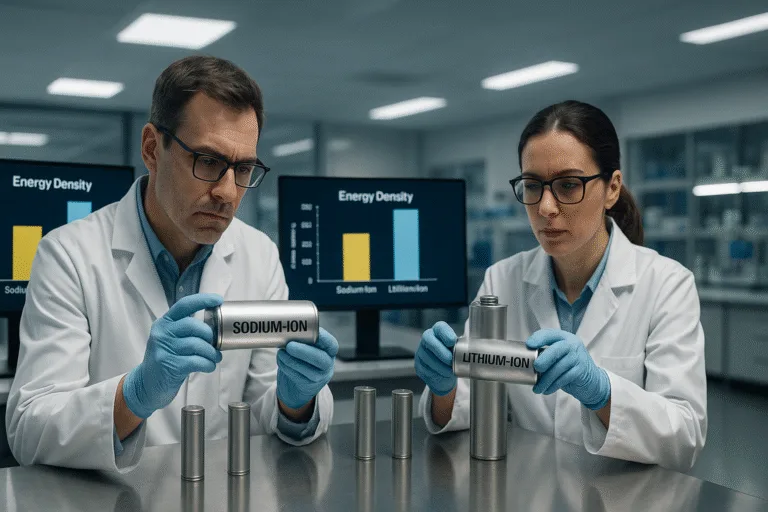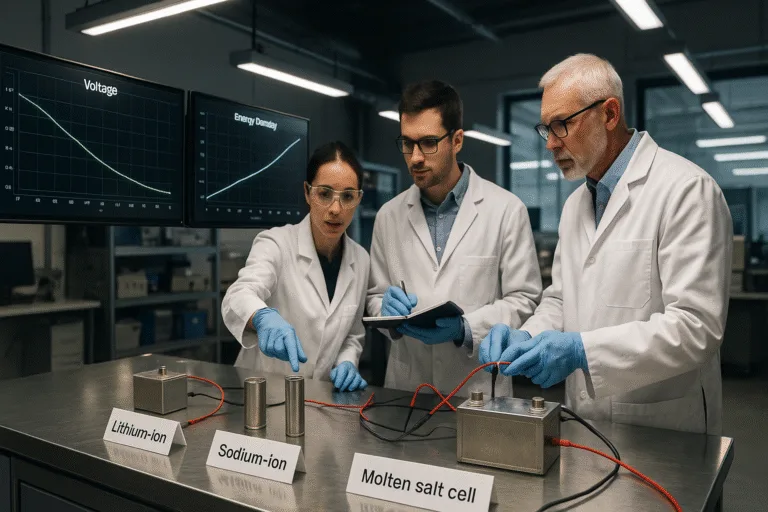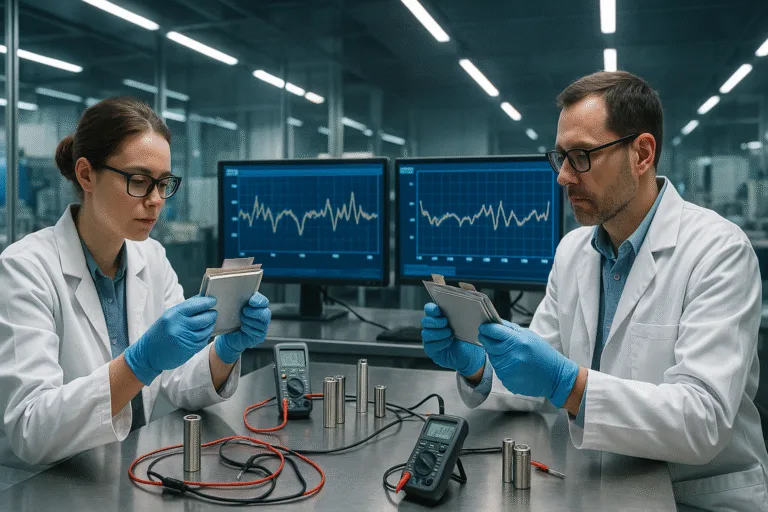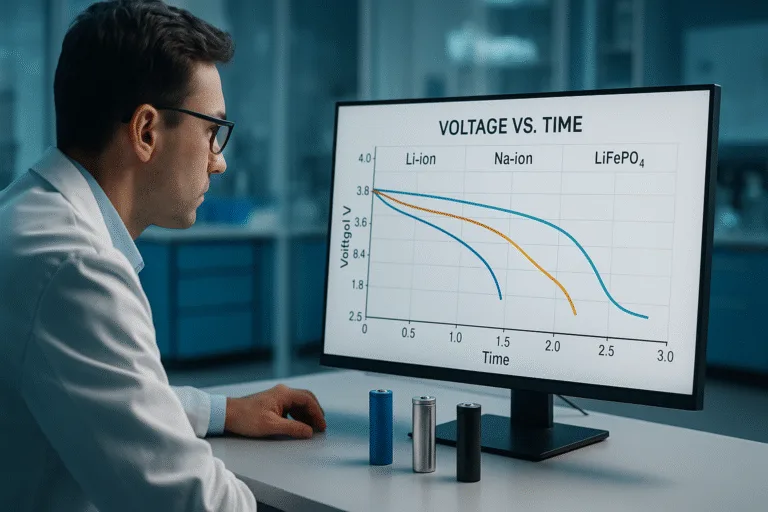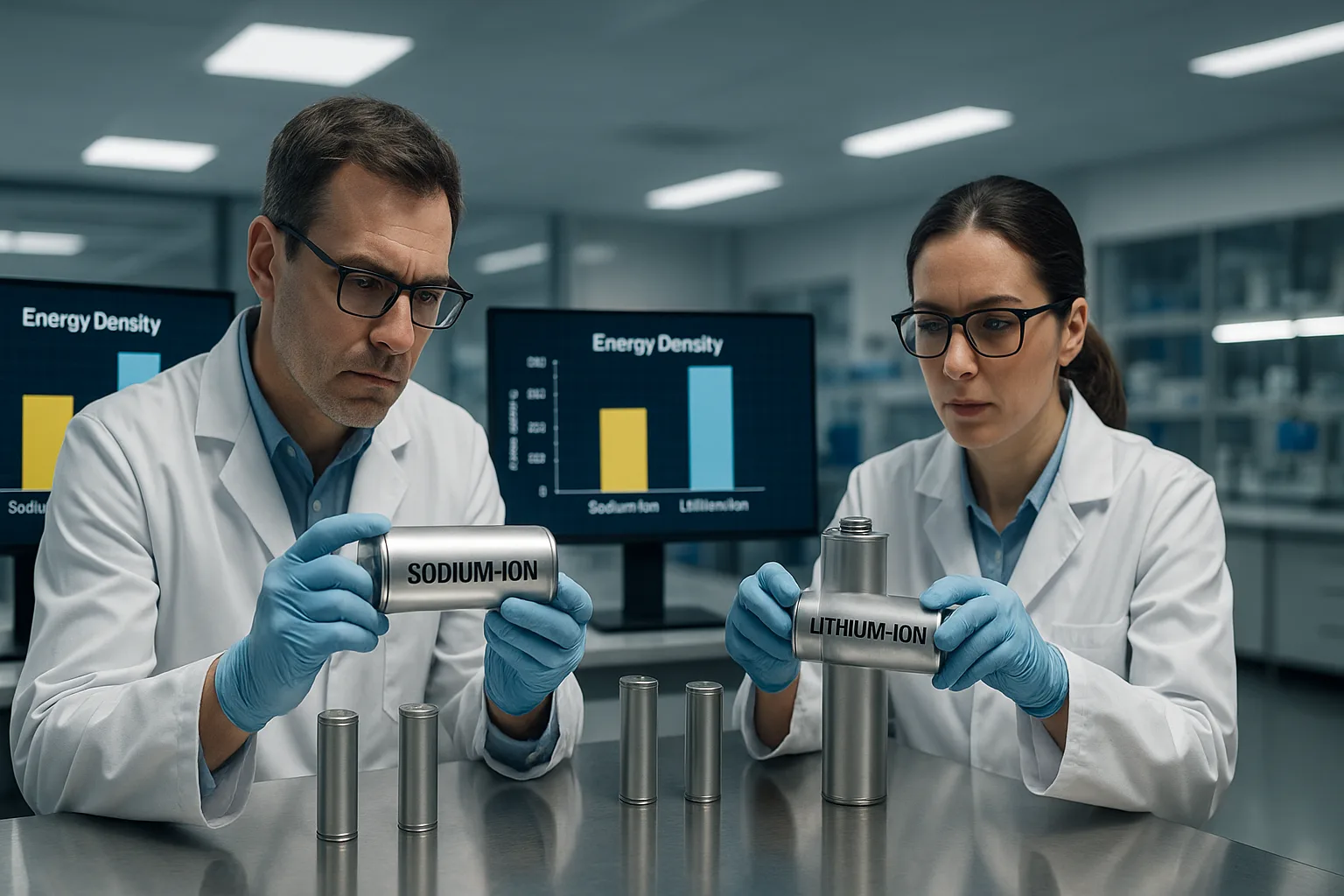
You are hearing about new battery types like sodium-ion, but it is hard to know if they are a real competitor to lithium-ion. You need to know how these technologies actually compare in performance and safety for your next project.
Sodium-ion batteries currently have a lower energy density (160-175 Wh/kg) than most lithium-ion batteries. However, they promise better safety, a wider temperature range, and are much cheaper to produce because they do not use lithium or cobalt.
As a battery manufacturing expert, I work with these specifications every day. A few years ago, sodium-ion was just a lab concept. Today, major companies like CATL are in mass production. This is not a replacement for high-performance lithium, but it is a massive disruptor for energy storage and budget-friendly vehicles.
What is the energy density of sodium-ion batteries?
This is the most important question for comparing battery chemistries. Energy density is the amount of energy a battery can store for its weight (measured in Wh/kg).
The energy density for current, first-generation sodium-ion (Na-ion) batteries is typically between 140 Wh/kg and 175 Wh/kg. This is very close to the density of standard LiFePO4 (LFP) batteries.
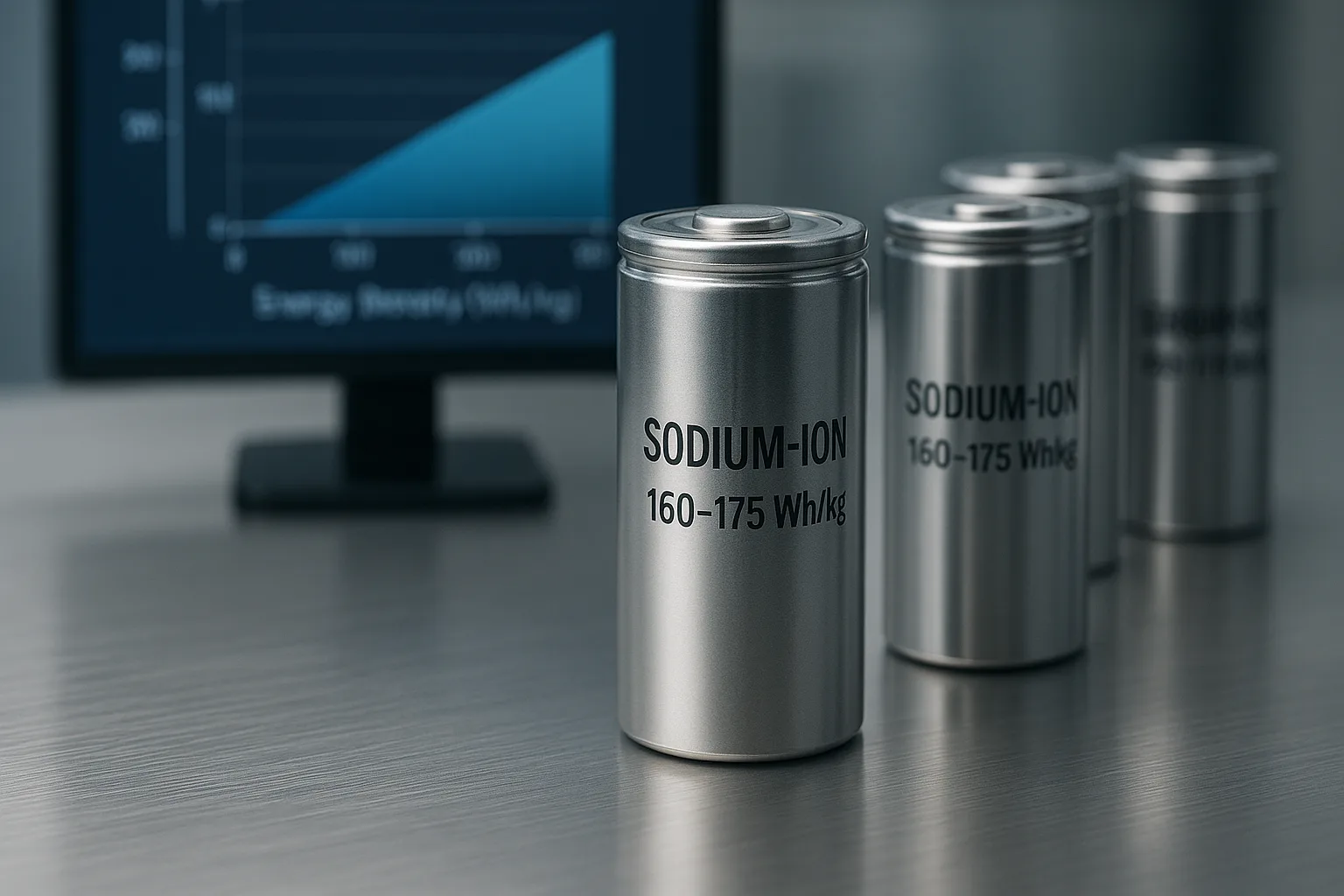
The Future of Sodium-Ion Density
While today’s 160 Wh/kg is impressive, the technology is moving very fast.
- Today’s Standard: Most commercial sodium-ion cells1 are around 160 Wh/kg.
- CATL2‘s "Naxtra3": Their new mass-produced battery, which we will look at next, is at 175 Wh/kg.
- Next Generation: CATL and other industry leaders have already announced their second-generation sodium-ion cells. These are aiming to break the 200 Wh/kg barrier.
The key takeaway is that sodium-ion is not a low-performance battery. It is already competing with and will soon pass the energy density4 of standard lithium iron phosphate (LFP) batteries.
What are the latest CATL sodium-ion battery developments?
CATL is one of the biggest battery makers in the world, so when they move, we all pay attention. Their investment in sodium-ion is changing the market.
CATL is in mass production of its "Naxtra" sodium-ion battery. This battery has an energy density of 175 Wh/kg, an extremely long life of 10,000 cycles, and works perfectly in extreme cold down to -40°C.
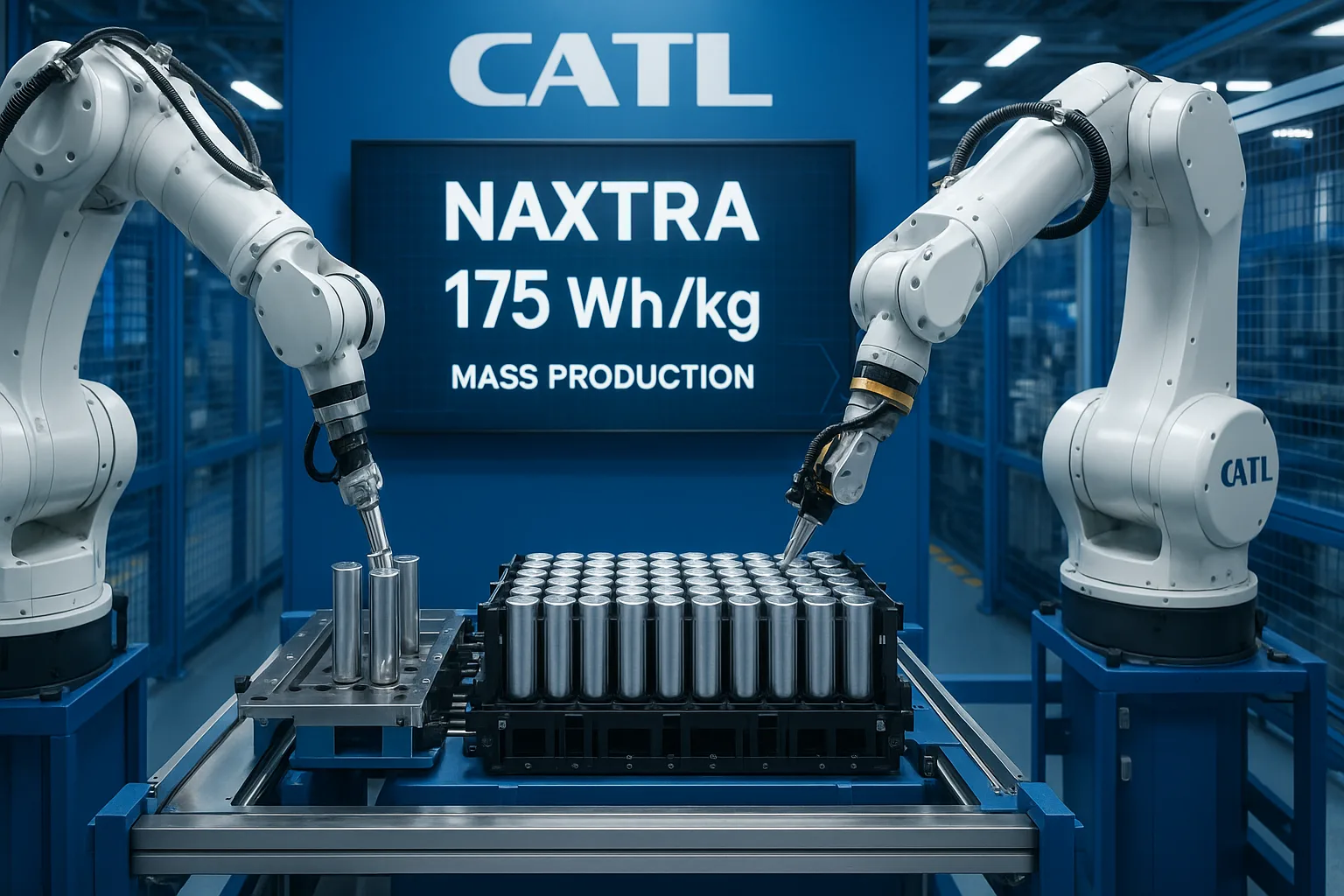
CATL’s "AB Battery Pack"
One of the most clever innovations from CATL is their "AB Battery Pack." This is a hybrid pack that mixes two different types of cells.
- "A" Cells: These are high-energy-density lithium-ion cells.
- "B" Cells: These are the new, low-cost sodium-ion cells.
Why do this? It gives them the best of both worlds.
- The lithium-ion cells provide a high energy density for a long range.
- The sodium-ion cells provide amazing power in cold weather (when lithium-ion struggles) and lower the total cost of the pack.
This hybrid system allows them to create a high-performance pack that is cheaper and works in all climates. It is a brilliant engineering solution.
What are the typical energy density values of LiFePO4 batteries?
You are probably very familiar with LiFePO4, or LFP. It is the go-to battery for safety and long life in applications like golf carts, solar storage, and robotics.
A standard, high-quality LiFePO4 (LFP) battery cell has an energy density between 140 Wh/kg and 180 Wh/kg. Some of the newest LFP cells from top-tier makers like us and CATL are now pushing 200 Wh/kg.
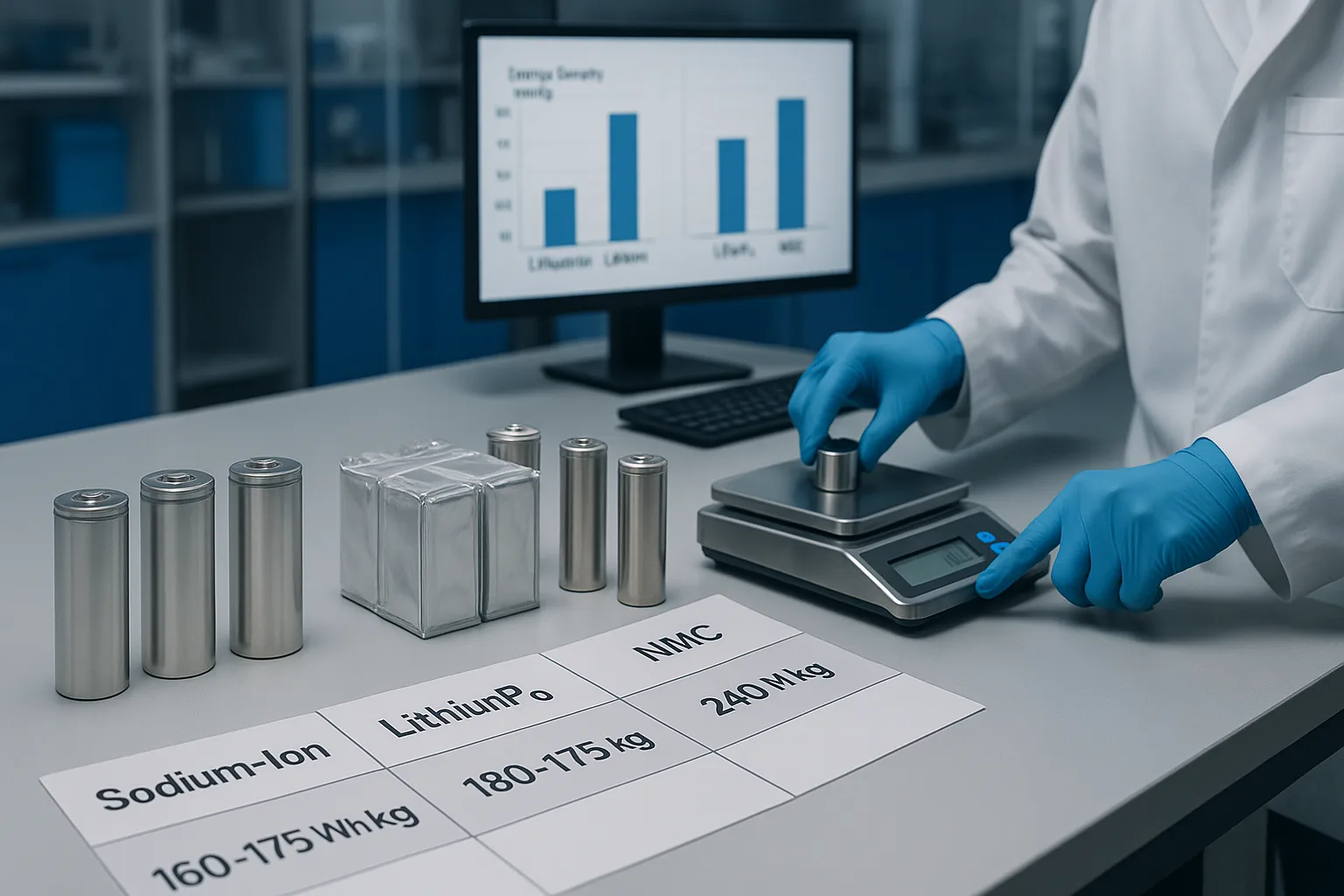
Cell Density vs. Pack Density
It is very important to understand the difference between a "cell" and a "pack."
- Cell Density (e.g., 180 Wh/kg): This is the density of a single, individual battery cell.
- Pack Density (e.g., 140 Wh/kg): This is the density of the final battery pack. The pack includes the cells, a metal case, the wiring, and the all-important Battery Management System (BMS).
All this extra hardware adds weight, so the final pack density is always lower than the cell density. When you compare batteries, make sure you are comparing "pack-to-pack" or "cell-to-cell."
How does a lithium-ion battery compare to a LiFePO4 battery?
This question can be confusing because LiFePO4 is a type of lithium-ion battery. The real question is: how does LFP compare to other, higher-energy lithium chemistries like NMC?
LiFePO4 (LFP) batteries are much safer, last 5-10 times longer, and do not use cobalt. High-energy batteries like NMC (Nickel Manganese Cobalt) have a higher energy density, making them lighter for the same range, but they are less stable and have a shorter life.
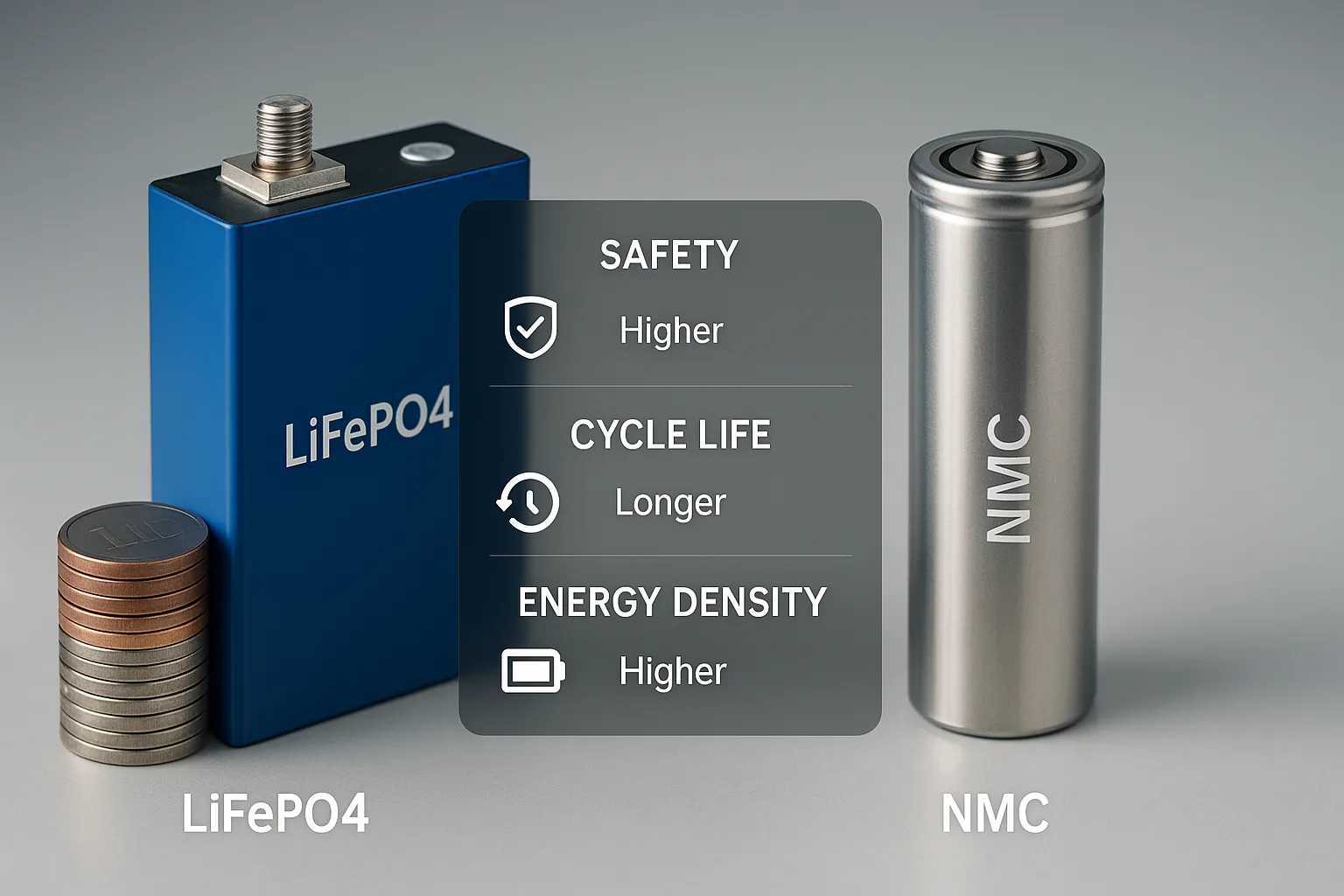
Choosing the Right Chemistry for the Job
As an engineer, I choose the battery based on the product’s main priority. There is no single "best" battery.
Here is a simple table to show the difference.
| Feature | LiFePO4 (LFP) | NMC (High-Energy Li-ion) |
|---|---|---|
| Energy Density | Good (140-180 Wh/kg) | Excellent (220-270+ Wh/kg) |
| Safety | Excellent (Very stable) | Good (Requires complex BMS) |
| Lifespan (Cycles) | Excellent (3,000 – 10,000) | Fair (800 – 2,000) |
| Cost | Good (and getting cheaper) | High (uses cobalt & nickel) |
| Best For | Solar, RV, Industrial, Golf Carts | Long-Range EVs, Laptops, Drones |
We specialize in LFP because our clients in robotics, solar, and utility vehicles value safety and long-term reliability over getting the smallest, lightest pack possible.
What is the overview of lithium salt battery technology?
This is a great technical question. "Lithium salt" is not a type of battery. It is the most important ingredient that makes all lithium-ion batteries work.
A "lithium salt5" is a powder that is dissolved in a liquid solvent to create the electrolyte. This electrolyte liquid is what allows lithium ions to move back and forth between the anode and cathode during charging and discharging.
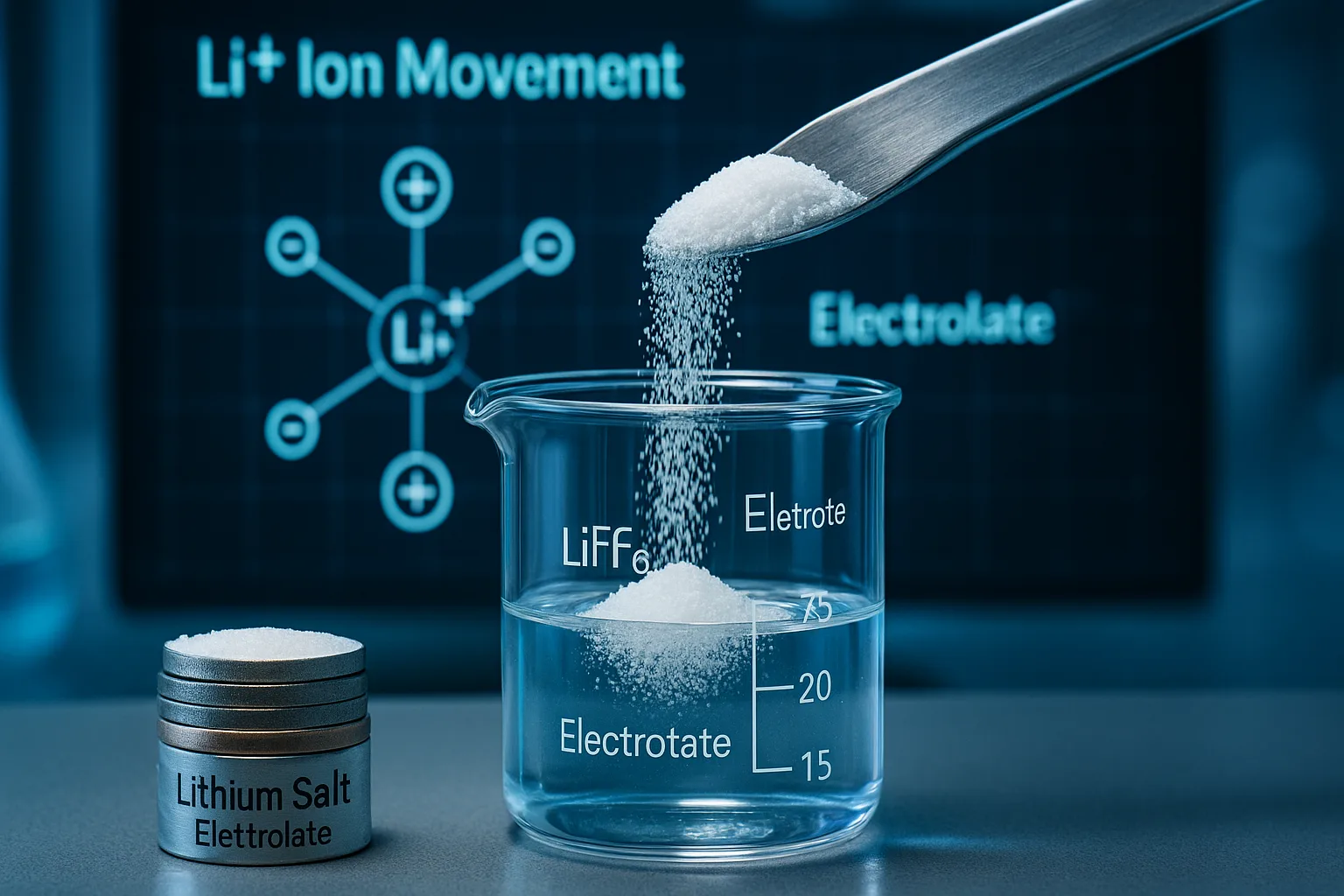
The "Highway" Inside a Battery
Think of the battery like this:
- The Anode and Cathode are two "cities" that store lithium ions.
- The Lithium Ions are the "trucks" that carry energy.
- The Electrolyte (the lithium salt5 dissolved in solvent) is the "highway" that the trucks drive on.
Without the electrolyte, the ions cannot move. The most common lithium salt used in our industry is Lithium Hexafluorophosphate (LiPF6). The specific salt and solvent used are a huge part of a battery’s secret formula. They determine its performance, safety, and temperature range.
Conclusion
New technologies like sodium-ion are exciting because they offer low cost and great safety, competing directly with LFP. However, high-energy lithium-ion (like NMC) still provides the highest energy density for now.
-
Stay updated on the latest advancements in sodium-ion cells, which are set to compete with traditional lithium batteries. ↩
-
Discover CATL’s latest advancements in battery technology, a leader in the industry shaping the future of energy storage. ↩
-
Find out how CATL’s Naxtra battery is revolutionizing energy density and performance in sodium-ion technology. ↩
-
Understanding energy density is key to comparing battery technologies; this resource will clarify its significance. ↩
-
Learn about lithium salt’s critical function in battery performance and how it affects energy transfer. ↩ ↩

